Order Perciformes Genus Trachinotus Higher classification Pompano | Phylum Chordata Scientific name Trachinotus falcatus Rank Species | |
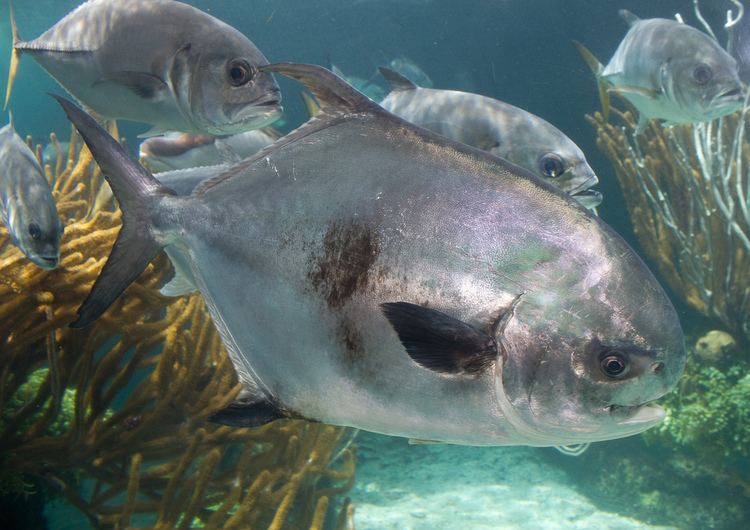 | ||
Similar Pompano, Bonefish, Florida pompano, Trachinotus goodei, Carangidae | ||
The permit, Trachinotus falcatus, is a game fish of the western Atlantic Ocean belonging to the Carangidae family. Adults feed on crabs, shrimp, and smaller fish. Two submarines of the United States Navy were named USS Permit in its honor, in keeping with the "denizens of the deep" theme of submarine names that prevailed before the 1971 naming of USS Los Angeles.
Contents
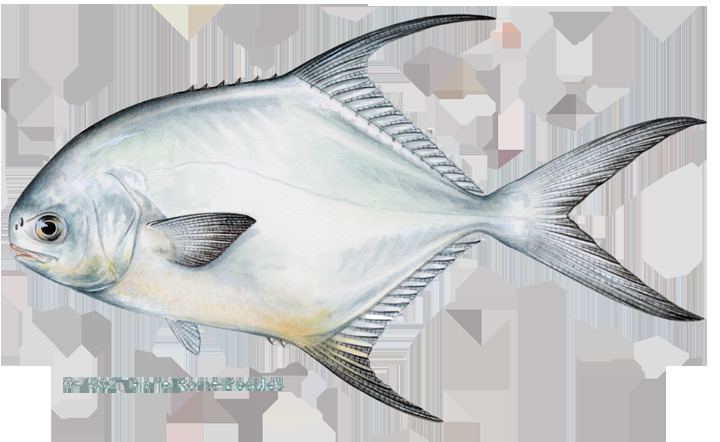
Taxonomy
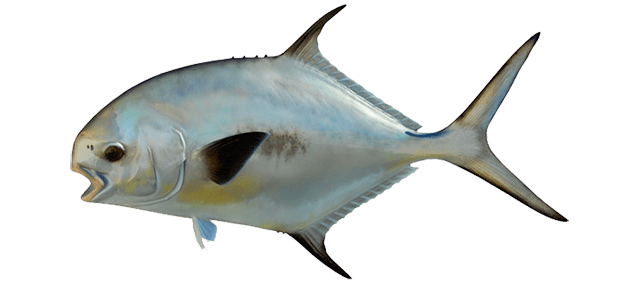
The permit was first described by the "father of taxonomy", Carl Linnaeus in his tenth edition of the work Systema Naturae, which was published in 1758. He originally classified it as Labrus falcatus, though the fish has since been placed in the genus Trachinotus.
Etymology
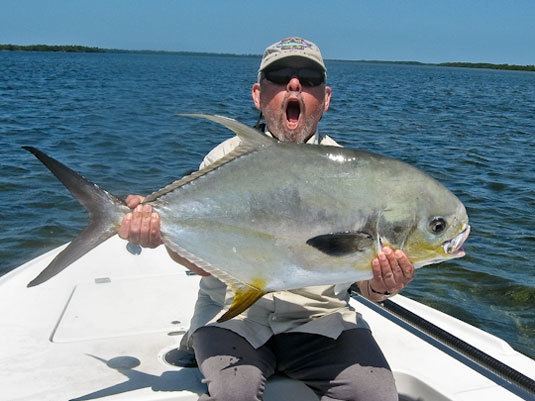
The permit's genus name, Trachinotus comes from a fusion of the Greek words trachys (τραχύς), which means "rough", and noton (νωτον), meaning "back". The species name for the permit, falcatus, is a Latin adjective, which roughly means "armed with scythes". This serves as a reference to the permit's dorsal fin that occasionally protrudes from the water when schools of permit feed near the surface.
Anatomy and morphology
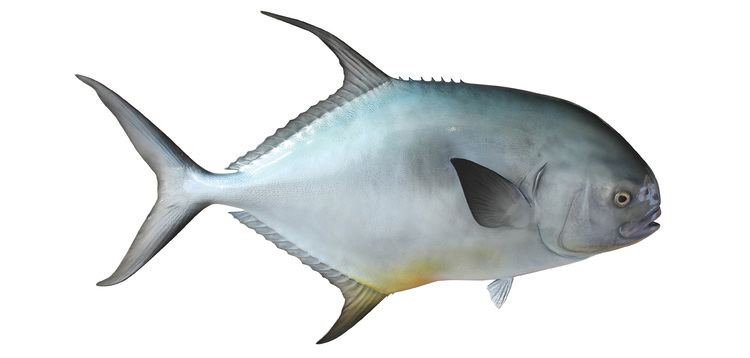
Permits can be distinguished by their elongated dorsal fins and anal fin. The dorsal fin is shaped like a scythe. Permit tails are also deeply forked, and their bodies are compressed laterally, making the fish tall and thin when viewed from the front.
The average permit has six to seven dorsal spines, and 18 to 20 one soft rays. The anal fin has two to three spines, and 16 to 18 soft rays. Both dorsal and anal fins have dark, anterior lobes. Permits have no scutes and have a large, orange-yellow patch on their abdomens in front of their anal fins, while their pectoral fins are dark
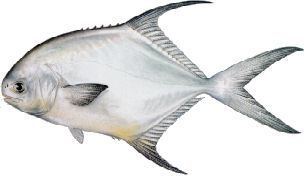
The permit fish can reach a maximum length of 48 in (122 cm) and can weigh up to 79 lb (36 kg), according to the Florida Museum of Natural History.
Distribution and habitat
Permit are usually found in shallow, tropical waters such as mudflats, channels, and muddy bottoms. They are usually seen as individuals or in small schools; if approached when alone, they attempt to escape human interaction, but if approached when in a school formation, they become aggressive and can deliver dangerous bites. Although permit are found close to shore and even in some brackish areas, they spawn offshore. Young are found usually in the surf zone where plenty of small invertebrates are available for them to eat.
Permit are found in the western Atlantic Ocean from Massachusetts to Brazil, including most of the Caribbean islands.
